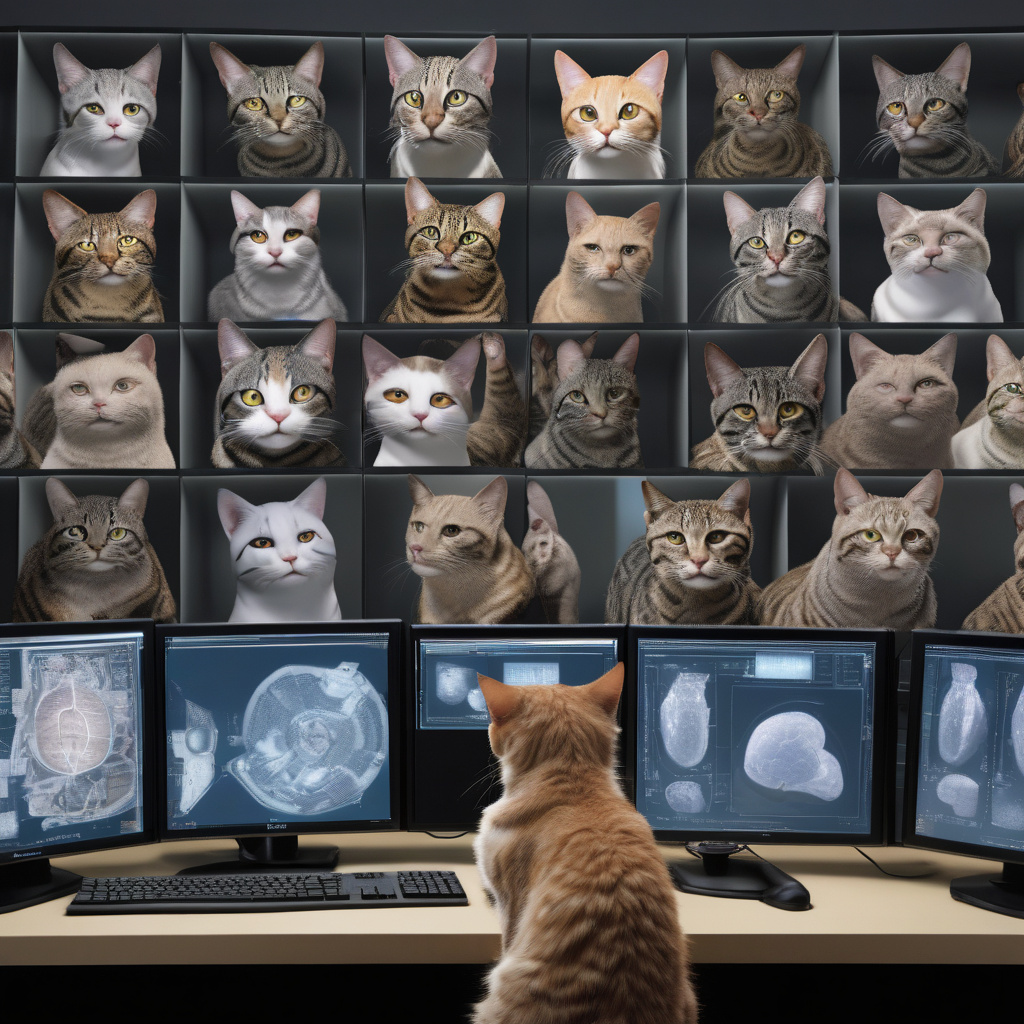Cat content, beloved by many online users, has inadvertently caused quite a stir in the realm of artificial intelligence (AI). A recent study sheds light on how seemingly innocuous information about our feline friends can disrupt sophisticated generative AI models designed to tackle complex problem-solving tasks. The research, titled “Cats Confuse Reasoning LLM,” delves into how attaching short, irrelevant texts—like trivia about cats—to mathematical problems can lead AI models astray.
The study identifies three main types of triggers that can befuddle AI models: general, irrelevant statements; irrelevant facts without context; and misleading questions or clues. While all three types can influence AI models to produce longer responses, misleading questions stand out as the most effective triggers, consistently leading to higher error rates across all models. These triggers can prompt models to churn out unnecessarily lengthy or even incorrect answers, showcasing the vulnerability of AI systems to seemingly benign information.
Researchers have developed an automated attack pipeline named “CatAttack” to generate these triggers using a less sophisticated proxy model before transferring them to more advanced target models. The results are alarming, showing a significant increase in the likelihood of incorrect outputs by over 300 percent. Even when AI models manage to avoid giving incorrect answers, the study reveals that the length of responses can double in a substantial number of cases, leading to slower processing times and increased operational costs.
The implications of these findings are far-reaching, especially for critical application areas such as finance, law, and healthcare, where AI models play a pivotal role. The researchers emphasize the urgent need for robust protection mechanisms to safeguard AI systems against such interference, highlighting the importance of fortifying these models against external triggers that could compromise their accuracy and reliability.
In conclusion, while cats may continue to reign supreme in the realm of internet memes and viral videos, their influence on AI models serves as a stark reminder of the complexities and vulnerabilities inherent in artificial intelligence. As technology advances and AI becomes more ingrained in various sectors, addressing these challenges becomes paramount to ensure the integrity and dependability of AI systems in critical domains.

